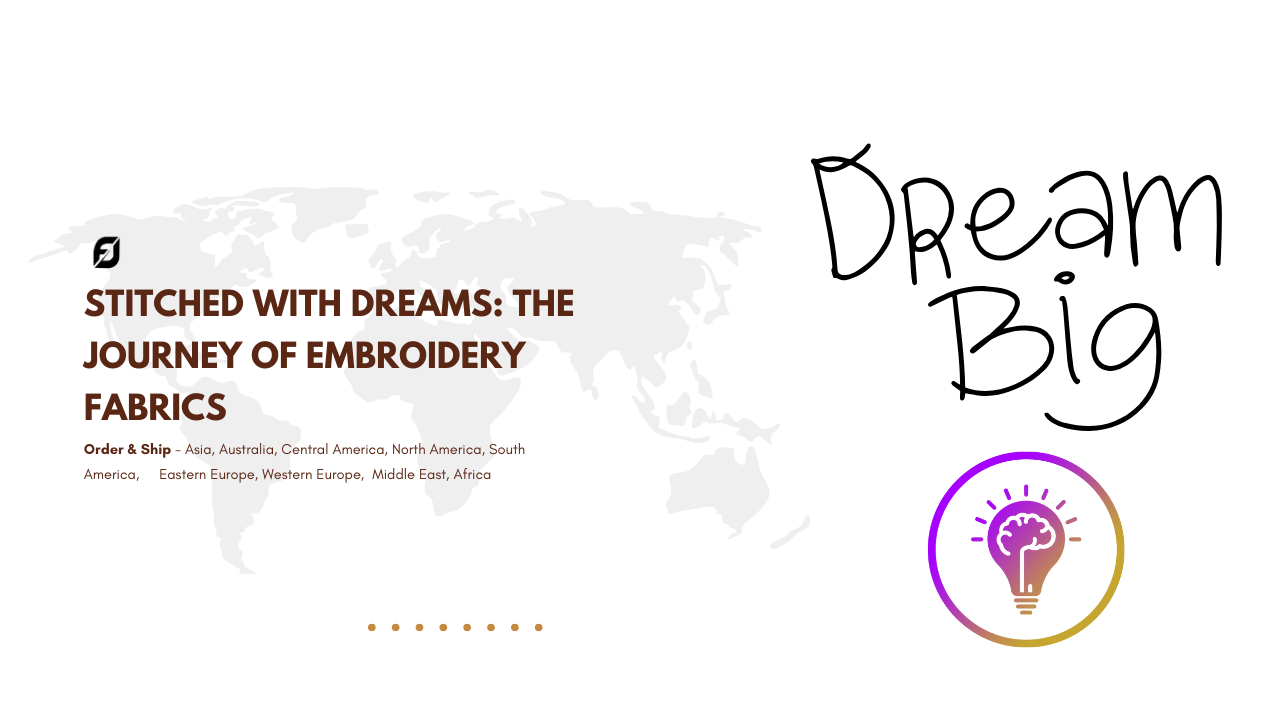In the wake of this year’s economic challenges, women re-entering the workforce are facing disproportionate impacts from layoffs, raising concerns about gender inequality.
HerStory delves into the stories of women like Srishti, Ritika, and Radhika who share their struggles after losing their jobs, shedding light on the hurdles they encounter in the job market.

Layoffs Taking a Toll:
Srishti, once in a global function role, was abruptly laid off after a brief stint on a Performance Improvement Plan (PIP). Ritika faced a sudden termination in content strategy, with immediate network revocation.
Navigating Gender Disparities: Layoffs and Challenges for Women Returning to the Workforce
Radhika’s termination under the guise of “restructuring” left her disillusioned. These stories highlight the harsh realities of job instability, with women bearing the brunt of layoffs.
Statistics Reflect Alarming Trends:
According to a survey conducted by HerKey, 57% of women aiming to re-enter the workforce have either left or lost their jobs, and 45% actively seek full-time employment. The data, collected from 2,500 women across sectors in India, underscores a disturbing trend, especially in industries like technology and startups.
Root Causes and Expert Perspectives:
Experts such as Neha Bagaria, Founder of HerKey, attribute the trend to persistent layoffs in the technology sector. The influx of AI technologies and ongoing organizational restructuring in edtech companies are cited as contributing factors. Nirupama VG, Managing Director at AdAstra Consultants, emphasizes the need to address disparities in employment practices.

Challenges Faced by Women Job Seekers:
The challenges extend beyond layoffs, affecting women’s ability to negotiate for suitable positions. Career breaks, personal reasons, and biases in the hiring process pose obstacles. Sharda, a veteran journalist, emphasizes the limited opportunities for experienced individuals. The struggle to secure fair compensation is a common theme among women like Shristi, Ritika, and Radhika.
Addressing Disparities and Encouraging Resilience:
Despite the challenges, there’s a growing focus on upskilling and mentorship to empower women to re-enter the workforce. HerKey offers courses tailored for women, and the introduction of HerKey Communities provides a networking platform for learning and engagement. Experts advise women to focus on resilience, continuous learning, and seeking supportive networks.
Call for Industry Action:
Experts like Sachin Alug, CEO of NLB Services, emphasize the importance of addressing biases and stereotypes in the hiring process. Organizations are urged to reevaluate layoff criteria to avoid perpetuating gender imbalances. Transparent communication, fair evaluations, and creating discrimination-free workplaces are identified as critical steps.

The Way Forward:
As women face challenges in navigating the job market, the call for industry action and support becomes crucial. Employers are encouraged to prioritize transparent communication, fair evaluations, and policies that support and advance women in the workforce. The resilience and continuous learning exhibited by women during difficult times are recognized as valuable assets in exploring new opportunities and careers.
FAQ
1. How have layoffs impacted women re-entering the workforce, and what is the current trend?
In recent times, women re-entering the workforce have faced significant challenges due to layoffs, with an alarming trend showcasing the disproportionate impact on female professionals. Layoffs, particularly in the technology sector, have created a domino effect, affecting 57% of women aiming to re-enter the workforce, according to a survey conducted by HerKey. This unsettling trend highlights the urgent need to address disparities in employment practices and support women facing the brunt of economic uncertainties.
2. Can you share stories of women who have faced challenges post-layoffs in their professional journeys?
Srishti, Ritika, and Radhika represent a microcosm of the struggles women encounter after sudden job losses. From being laid off after a brief stint on a Performance Improvement Plan (PIP) to facing immediate network revocation, these stories underscore the harsh realities of job instability. Their experiences shed light on the emotional toll and professional setbacks that women often endure in the aftermath of unexpected terminations.
3. What do statistics reveal about women’s employment status and aspirations post-layoffs?
HerKey’s survey, encompassing 2,500 women across various sectors in India, paints a comprehensive picture of the aftermath of layoffs. Of the 82% of women aspiring to re-enter the workforce, 57% have either left or lost their jobs, and 45% actively seek full-time employment. These statistics illuminate the challenges women face in securing stable employment after facing the uncertainties of layoffs.
4. What factors contribute to the disproportionate impact of layoffs on women, especially in certain sectors?
Experts, including Neha Bagaria, Founder of HerKey, attribute the persistent wave of layoffs, particularly in the technology sector, to factors such as organizational restructuring and the adoption of AI technologies. The cascading effects have been notably higher in sectors like edtech, further exacerbating the challenges faced by women seeking stable employment.
5. How do biases and stereotypes during the hiring process affect women job seekers?
Navigating the job market for women becomes even more challenging due to biases and stereotypes that persist during the hiring process. Sachin Alug, CEO of NLB Services, emphasizes that biases in hiring, especially in sectors like IT services and consulting, make it challenging for women to advance their careers. Addressing these biases is crucial to creating a more equitable job-seeking environment.
6. What specific challenges do women face in negotiating salaries and positions after layoffs?
Women, post-layoffs, often find themselves grappling with challenges in negotiating fair salaries and positions. Shristi’s experience reflects the frustration of being asked to compromise on both salary and position after earning a substantial income. The stories of Ritika and Radhika further highlight the struggle to secure just compensation, showcasing the broader issues that women encounter during the job hunt.
7. How can upskilling and mentorship empower women to re-enter the workforce?
In the face of challenges, upskilling and mentorship emerge as powerful tools to empower women seeking to re-enter the workforce. A recent HerKey survey indicates that 47% of women are actively seeking to enhance their skills to improve job prospects. Collaborations with over 800 partners offering tailored courses for women underscore the importance of continuous learning and skill development.
8. What advice do experts offer for women navigating difficulties in the job market post-layoffs?
Experts, including Nirupama VG, Managing Director at AdAstra Consultants, stress the significance of resilience and continuous learning for women navigating challenges in the job market. Encouraging women to focus on upskilling, networking, and seeking support through networks and platforms becomes paramount during these difficult times.
9. What steps are recommended for employers to create a more inclusive and supportive work environment for women post-layoffs?
To address the disparities women face in the workforce post-layoffs, experts recommend that employers prioritize transparent communication, fair evaluation processes, and inclusive workplace policies. Creating discrimination-free workplaces, supporting work-life balance, and offering flexibility are identified as critical steps to ensure a more equitable and supportive environment for women seeking to re-enter the workforce.






